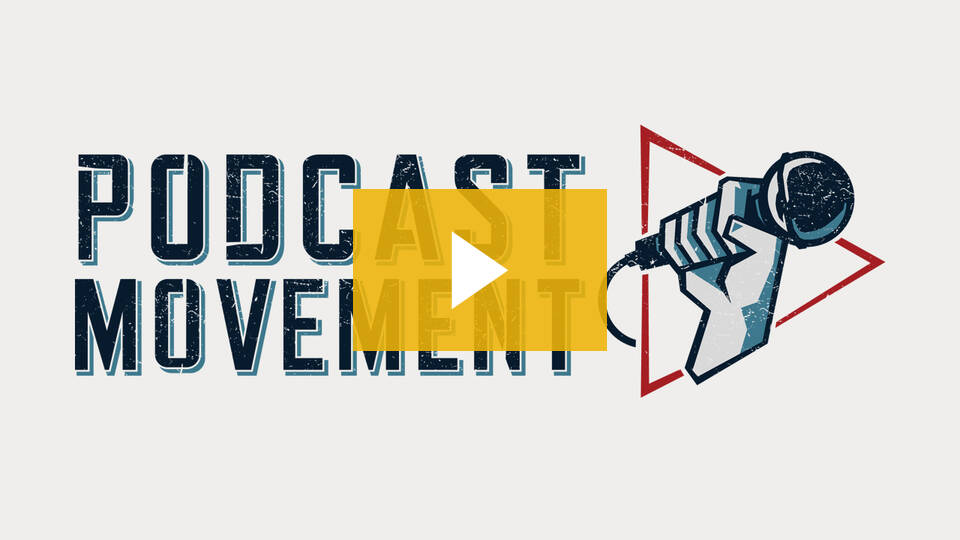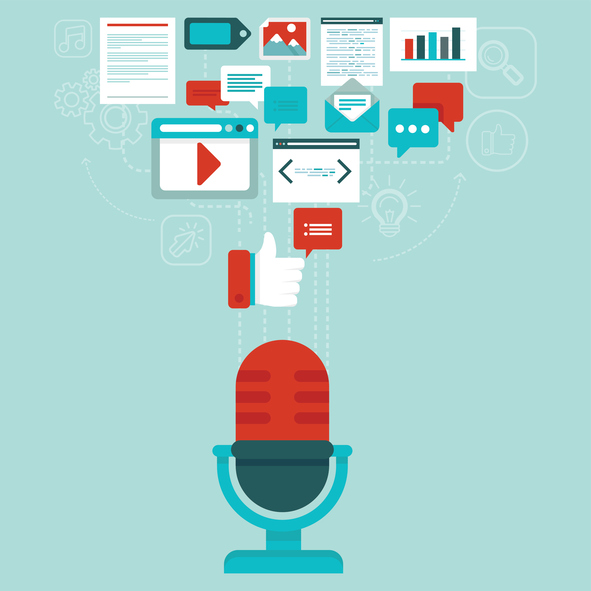Washington D.C. was the temporary home to more than 400 public radio broadcasters last week for the annual PRPD Content Conference. The main topic discussed was the intriguing line being blurred by public/commercial radio broadcasting vs the podcasting world, or rather, the bridging of the two worlds. Examples of this were evident in the revealing moments showcased in the panel, “Podcast to Radio, Or Vice Versa? Exploring Potentials and Realities” moderated by Nathan Tobey. Specifically, when Molly Wood and Kai Ryssdal, a savvy veteran anchor, teamed up to do the “Make Me Smart” podcast, they found their styles and delivery set the stage for the flow of the podcast.
Podcasts and radio shows differ in the fact that a great podcast will move their listeners to search for it, download it and listen to it. While there is vast audience for radio, podcasts create a more interpersonal community that supports the podcasts they subscribe to and continue to come back to them. As audiences crave a more personal connection to the radio stations they listen to, the stations must adapt their delivery styles to convey a more personal relationship with their listeners. And of course, the majority of people consume their favorite podcasts on their mobile devices, so one way to cut through is to feature your podcasts on your app, or even create an app specifically for your podcast(s).
The Podcast Movement conference in Anaheim, CA wrapped up yesterday and we will provide highlights of the event next week.
Podcast Movement 2017: Broadcasters Meet Podcasters

The key to staying connected starts with us! Click here to reach out to us today. You can also give us a call at 248-353-9030 or email sales@jacapps.com to learn how your station can stay connected.





